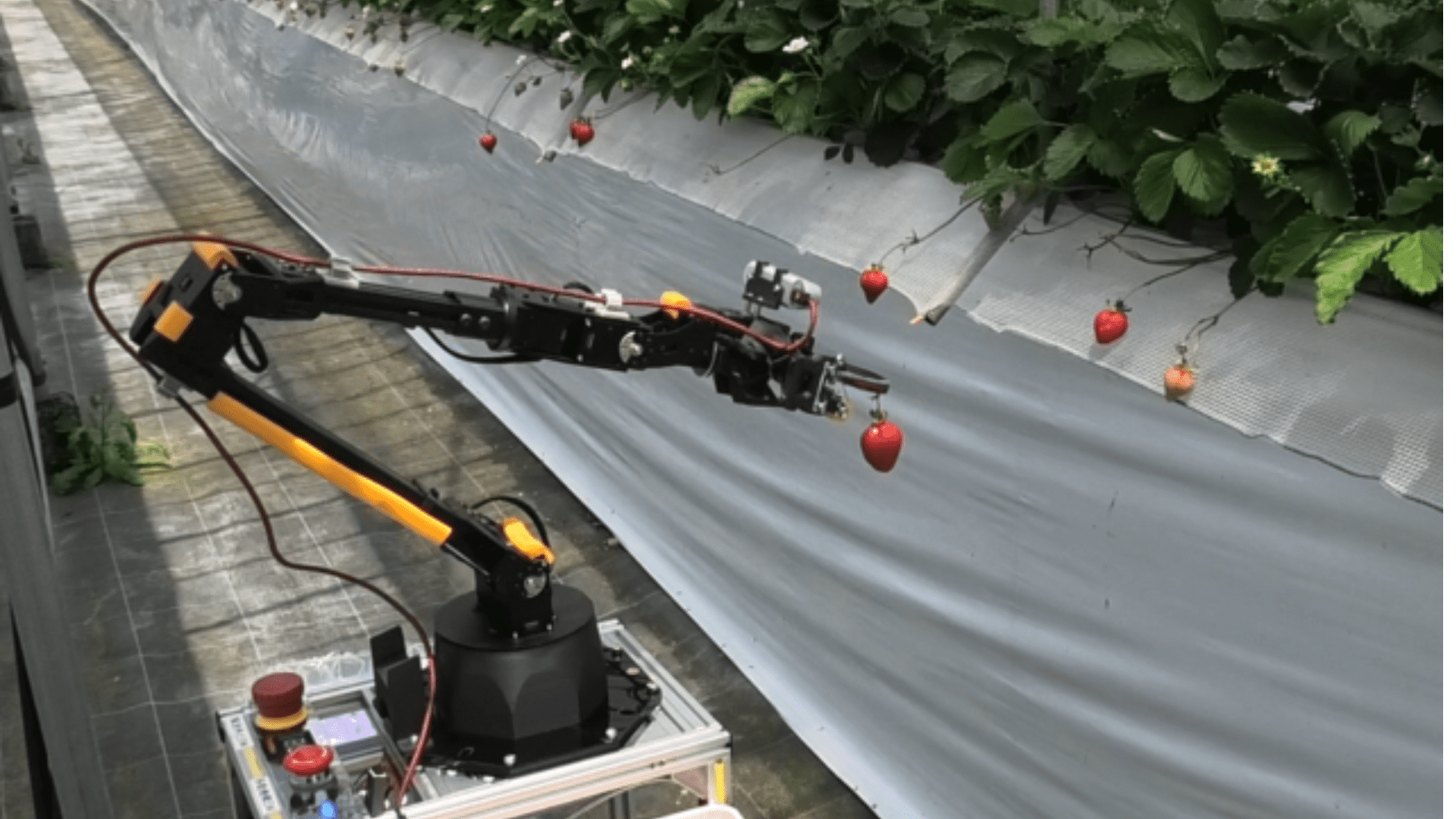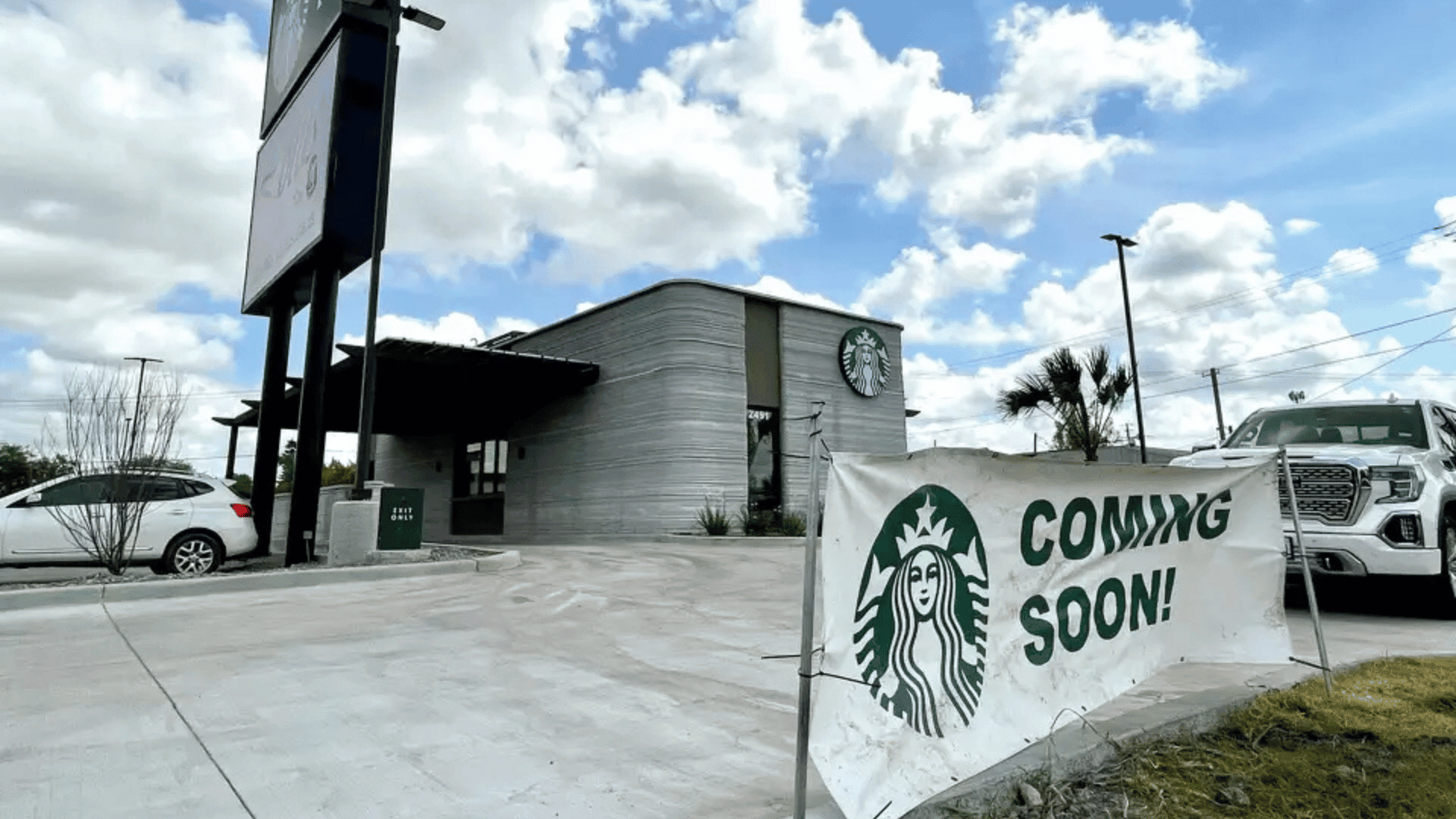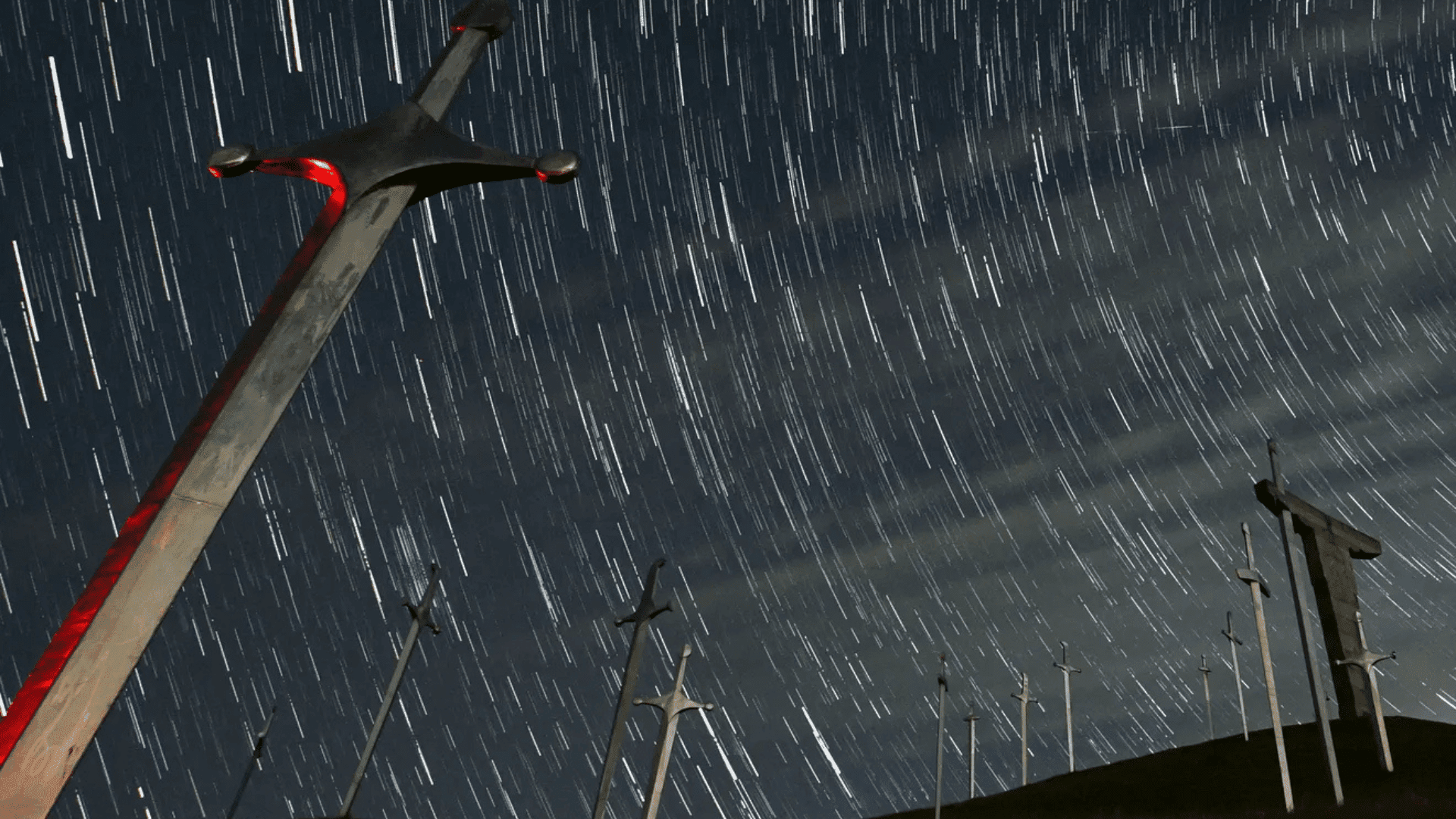Researchers from the labs of Wim Noorduin (AMOLF/University of Amsterdam) and Arian van Asten (University of Amsterdam) have discovered a new way to detect gunshot residue (GSR) by converting its lead particles into a glowing semiconductor. Then, when these particles are exposed to UV light, they emit a bright green glow that’s visible to the naked eye. This technique makes faint traces of the residue easier to find.
Semiconductor Method
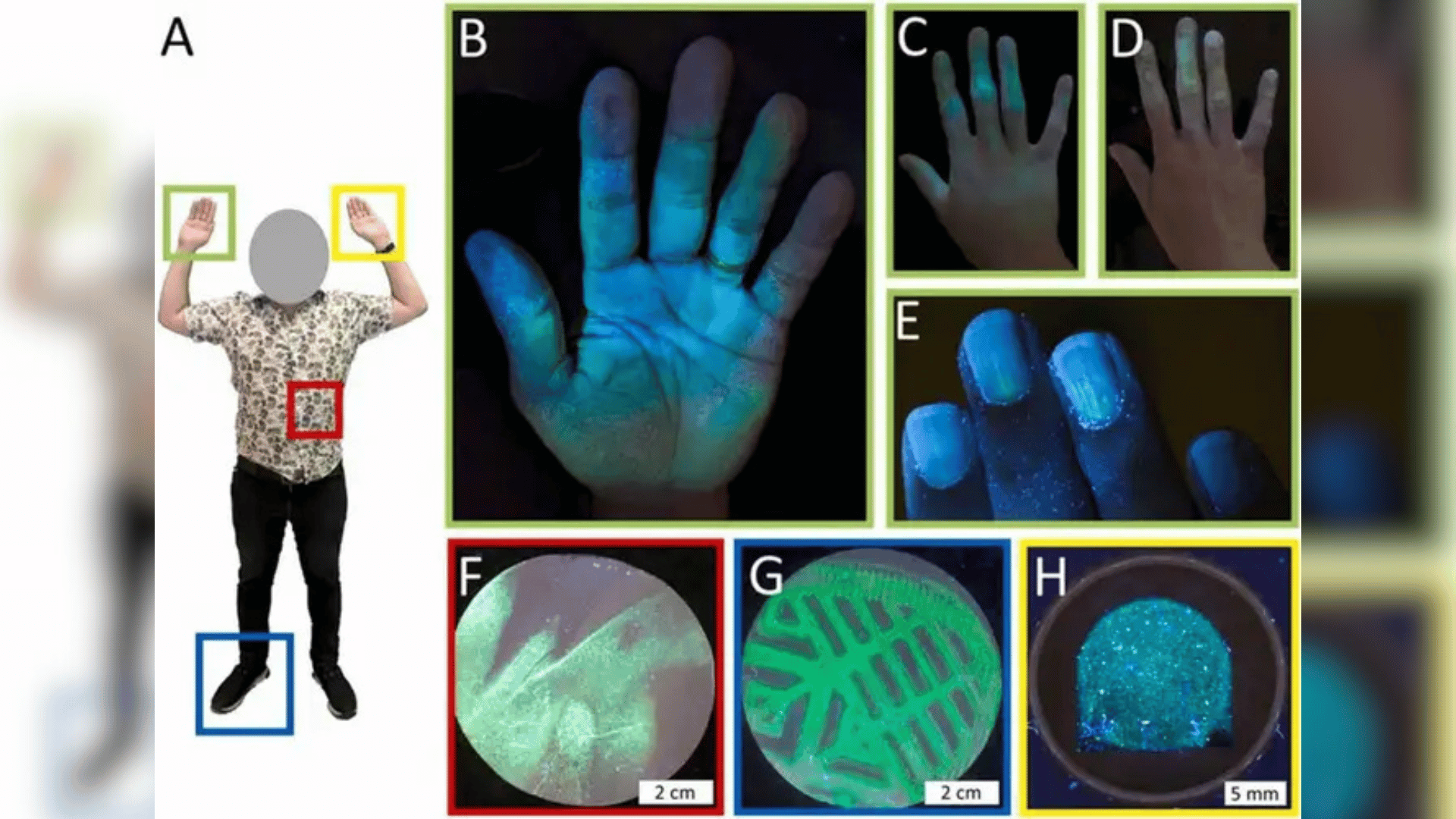
This new method builds on recent advances in perovskite technology, a field known for innovations in solar panels and LED lights. Noorduin’s team previously developed a perovskite-based lead detection method and founded Lumetallix, a start-up co-founded in 2021 by Noorduin and former PhD student Lukas Helmbrecht.
The firm already offers a simple lead detection kit, but the updated reagent is particularly sensitive to the specific type of lead found in gunshot residue.
Range of Tests
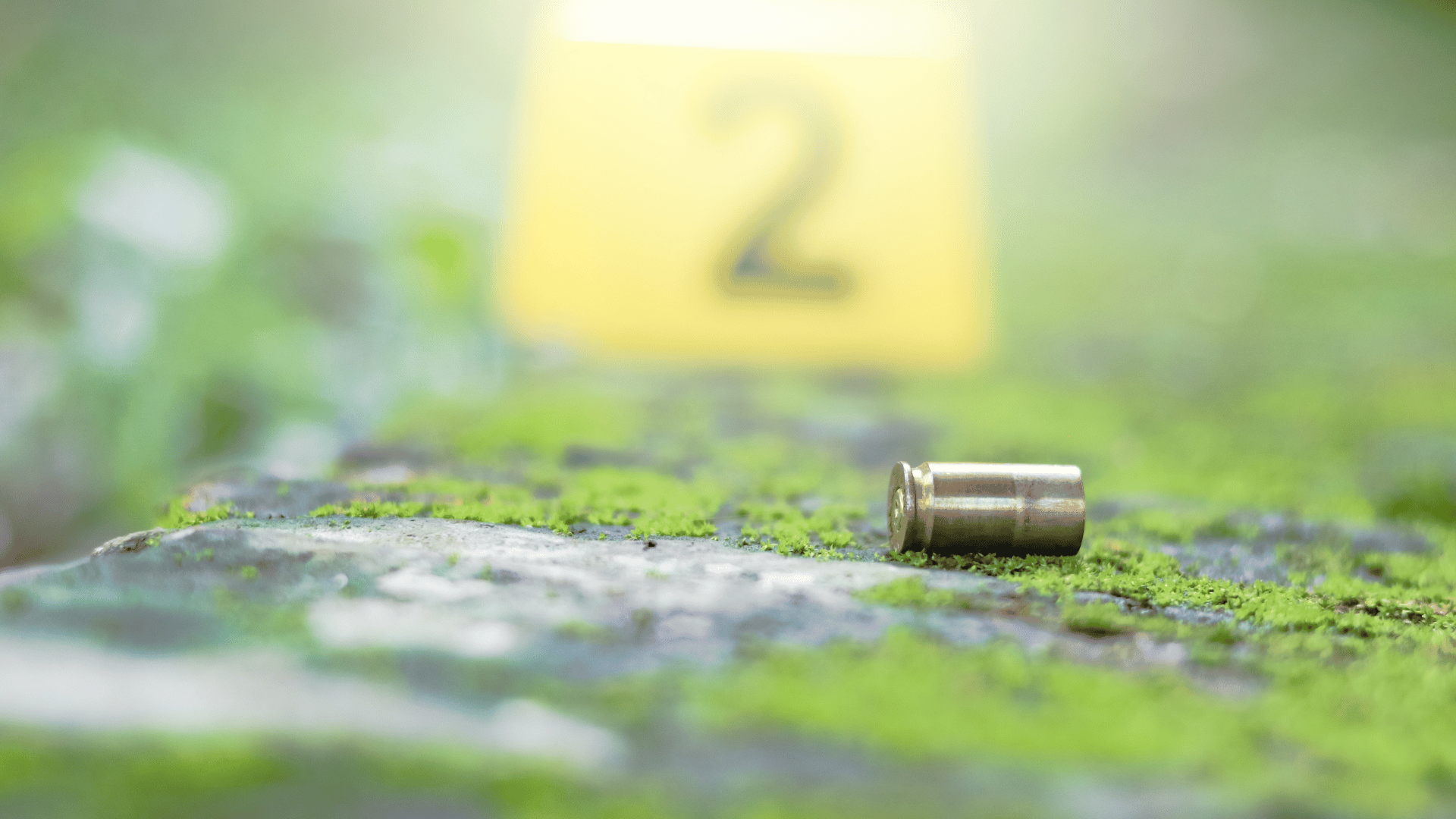
The Amsterdam police already has its forensic experts testing this new light-emitting method on real investigations.
“Obtaining an indication of gunshot residue at the crime scene is a major advantage, helping us answer key questions about shooting incidents,” says Bente van Kralingen, a forensic expert with the force.
“We test for lead traces on possible bullet holes and a suspect’s or a victim’s clothing or hands.”
Whereas current methods typically involve sending evidence to a lab for time-consuming analyses, this new tool could allow officers to obtain clues on-site.
“We’re excited about the tests we’re conducting, and hopefully this will allow us to use the light-emitting method soon in actual court cases as evidence,” Bente adds.
The technology was tested further by PhD students Kendra Adelberg and Arno van der Weijden, who carried out experiments at a local shooting range. The students used 9 mm pistols and cotton cloth targets to test how the reagent illuminated residue at a range of distances.
“The results revealed well-defined luminescent patterns that were clearly visible to the naked eye, even at extended distances,” says Kendra.
Notably, the glow didn’t wash away after extensive hand washing, and bystanders standing up to two meters away from the shooter also tested positive for lead traces with the new method. This could be a crucial advancement for investigations, as suspects will often attempt to remove or hide evidence.
“These findings provide valuable pieces of the puzzle when reconstructing a shooting incident. But, a positive test also needs to be carefully interpreted, it does not automatically mean that you fired a gun,” Kendra stated.



